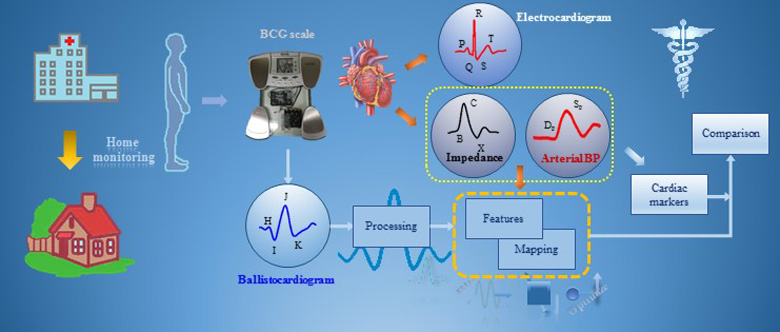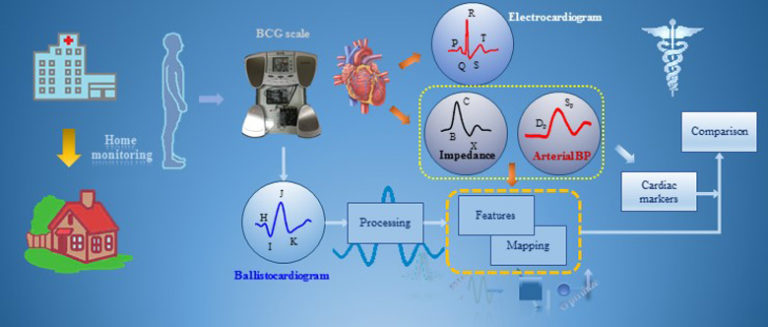
The ballistocardiogram (BCG), a signal describing the reaction forces of the body to cardiac ejection of blood, has recently gained interest in the research community as a potential tool for monitoring the mechanical aspects of cardiovascular health for patients at home and during normal activities of daily living. An important limitation in the field of BCG research is that while the BCG signal measures forces of the body, the information desired (and understood) by clinicians and caregivers regarding mechanical health of the cardiovascular system is typically expressed as blood pressure or flow. This paper aims to explore, using system identification tools, the mathematical relationship between the BCG signal and the better-understood impedance cardiography (ICG) and arterial blood pressure (ABP) waveforms, with a series of human subjects studies designed to modulate cardiac output and blood pressure asynchronously and with different magnitudes. With this approach, we demonstrate for 19 healthy subjects that the BCG waveform more closely maps to the ICG (flow) waveform as compared to the finger-cuff based ABP (pressure) waveform, and that the BCG can provide a more accurate estimate of stroke volume (r = 0.73, p < 0.05) as compared with pulse pressure changes (r = 0.26). We also examined, as a feasibility study, for one subject, the ability to calibrate the BCG measurement tool with an ICG measurement on the first day, and then track changes in stroke volume on subsequent days. Accordingly, we conclude that the BCG is a signal more closely related to blood flow than pressures, and that a key health parameter for titrating care—stroke volume—can potentially be measured accurately with BCG signals at home using unobtrusive and inexpensive hardware, such as a modified weighing scale, as compared to state of the art ICG and ABP devices, which are expensive and obtrusive for use at home.

